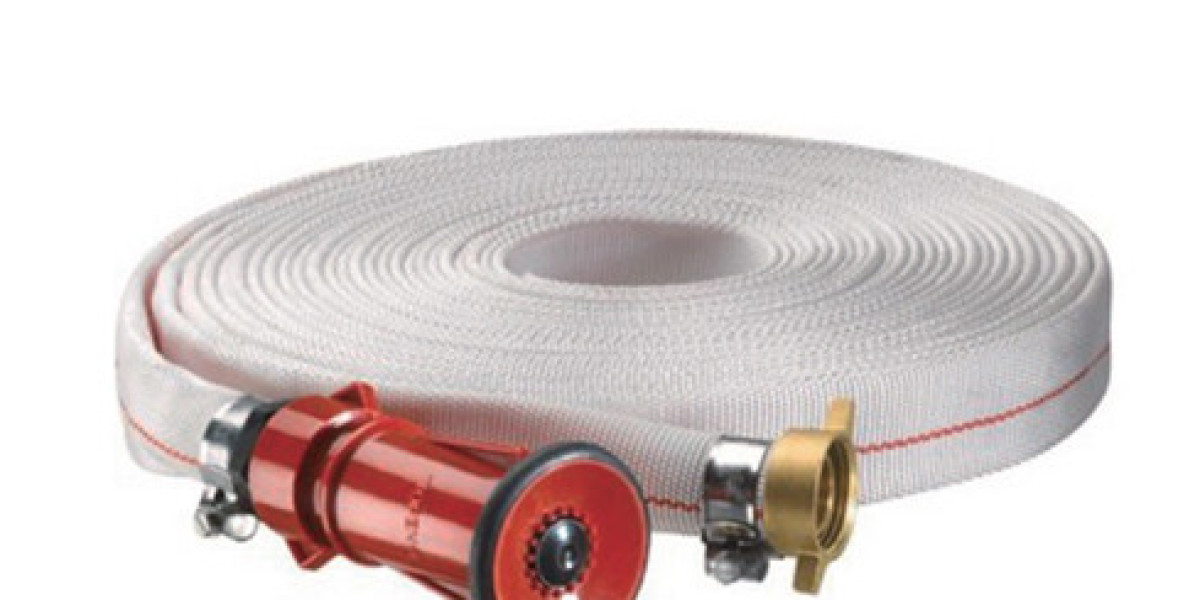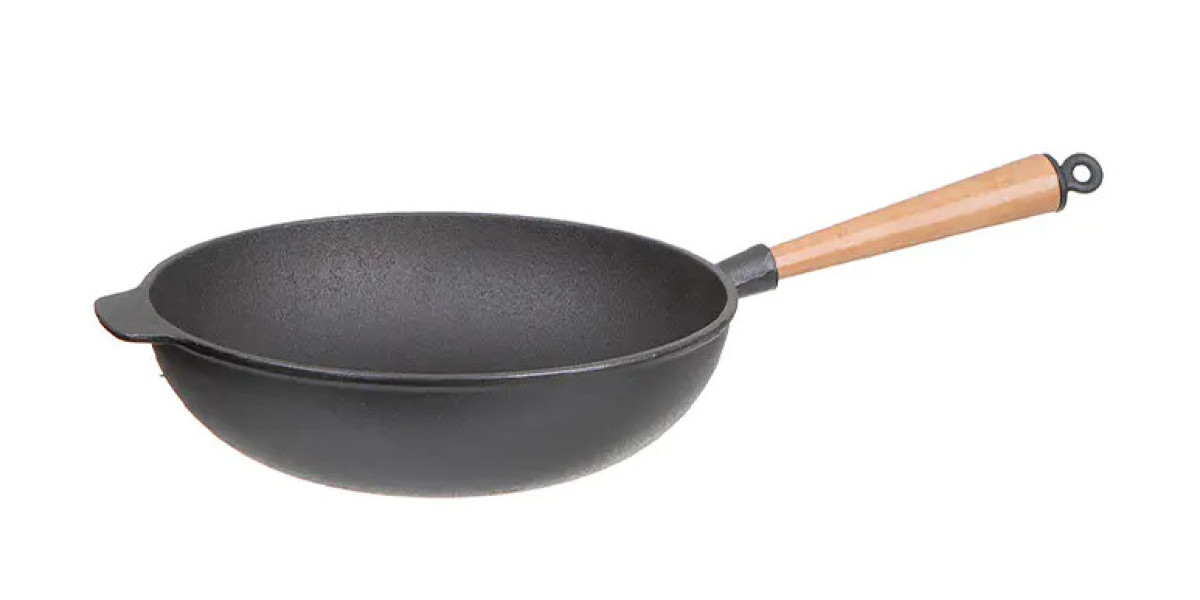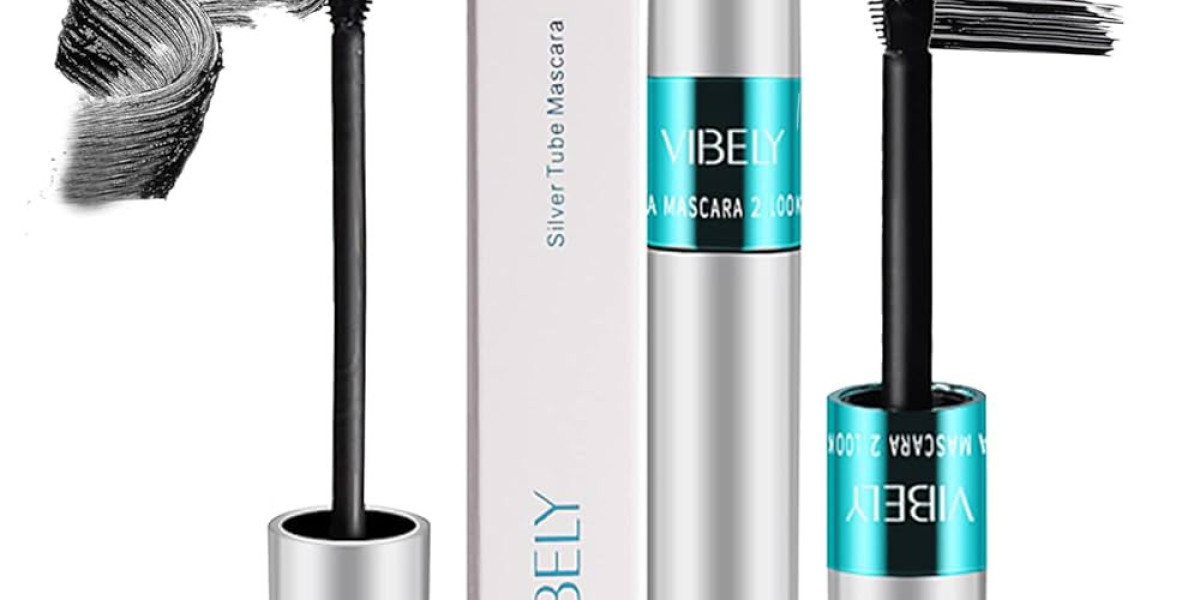The industrial landscape relies on a multitude of specialized components, and among the fundamental is the textile hose. This flexible conduit is a cornerstone for the safe and efficient transfer of a vast array of materials, from dry bulk solids and granules to liquid slurries and certain gases. Unlike its rigid piping counterparts, a textile hose offers unparalleled flexibility, enabling it to navigate complex routes around machinery and within tight spaces. The very design and construction of a textile hose are what grant it these unique properties, making it an indispensable asset across numerous sectors.
The anatomy of a textile hose is a sophisticated blend of materials engineered for performance. At its core lies a seamless thermoplastic inner tube, chosen for its smooth bore and compatibility with the specific substance being conveyed. This liner minimizes friction, reduces material buildup, and ensures a consistent flow. The true strength, however, is derived from the textile reinforcement layers embedded within the hose's wall. These layers are typically woven or braided from high-tenacity synthetic yarns like polyester, polyamide, or aramid. This intricate textile skeleton provides the necessary resistance to internal pressure, absorbs operational stresses, and guarantees dimensional stability under load. The number and angle of these textile plies are carefully calculated to determine the hose’s pressure rating and flexibility characteristics. An optional external cover, often made from wear-resistant rubber or another polymer, can be added to protect the underlying textile reinforcement from abrasion, weather, and other external damage.
The application range for this type of flexible conduit is exceptionally broad. In agriculture, a textile hose is crucial for pneumatic seeders and grain transfer systems, handling abrasive materials with reliability. Construction sites utilize it for moving cement and plaster, leveraging its flexibility to reach different areas of a project. Industrial processing plants depend on it for transporting powders, pellets, and other dry bulk goods. The lightweight nature of a textile hose, compared to a full-metal hose, also reduces operator fatigue during manual operations like truck loading and unloading. When selecting a textile hose, engineers must consider factors such as the material's abrasiveness, weight, and flow characteristics, the operating pressure and temperature, and the required bend radius. Proper specification ensures longevity and prevents costly downtime or failures. The enduring utility of the textile hose is a testament to its effective design, proving that a solution blending flexible textiles with robust polymers remains vital for modern industry.







